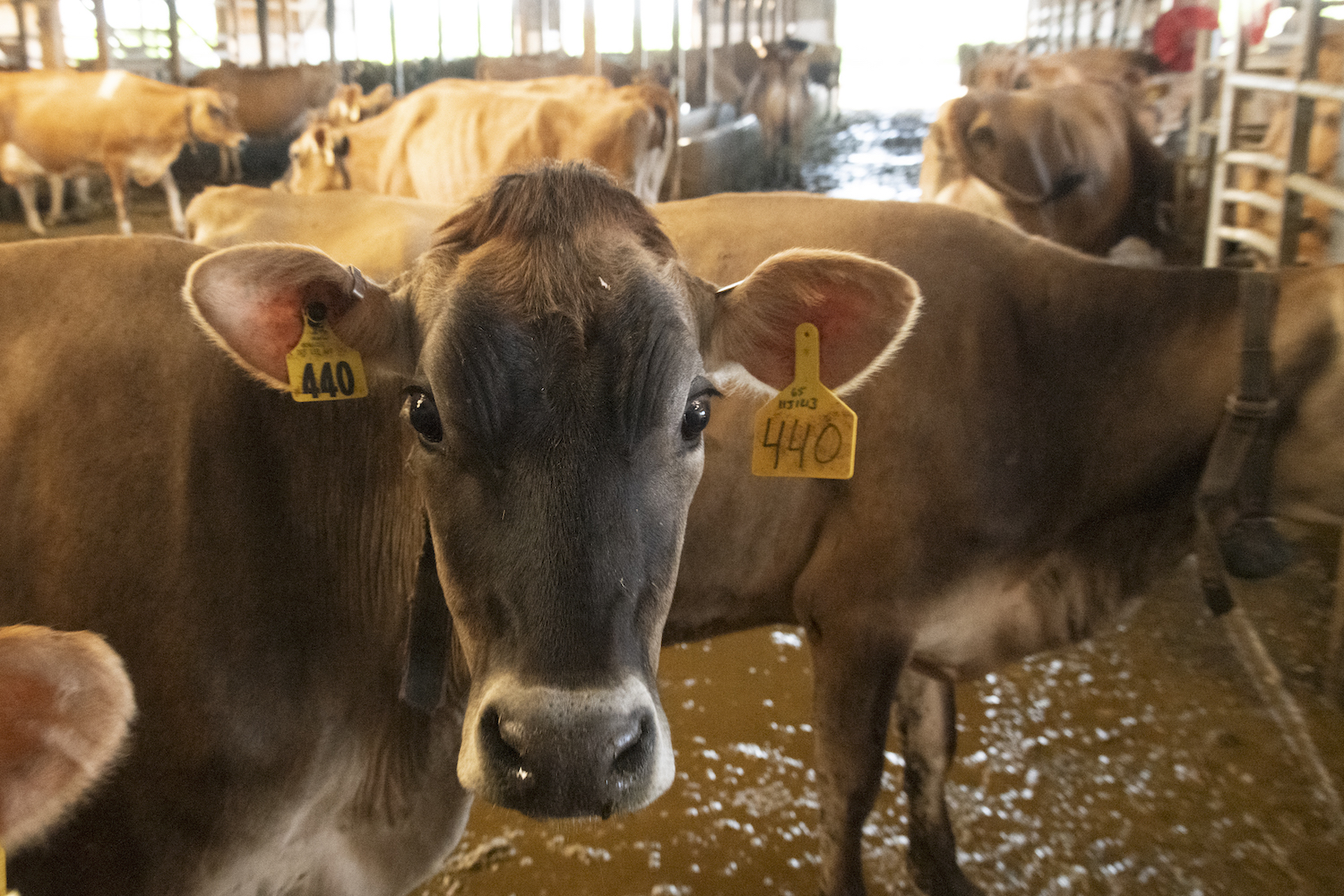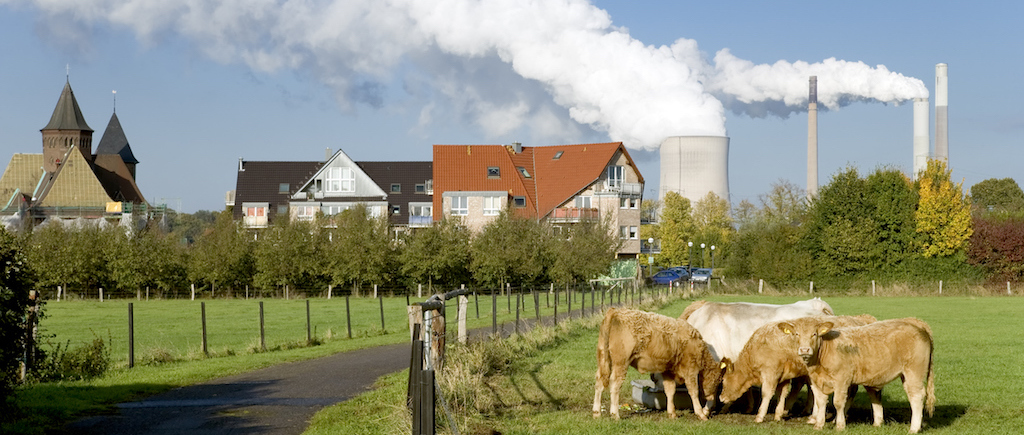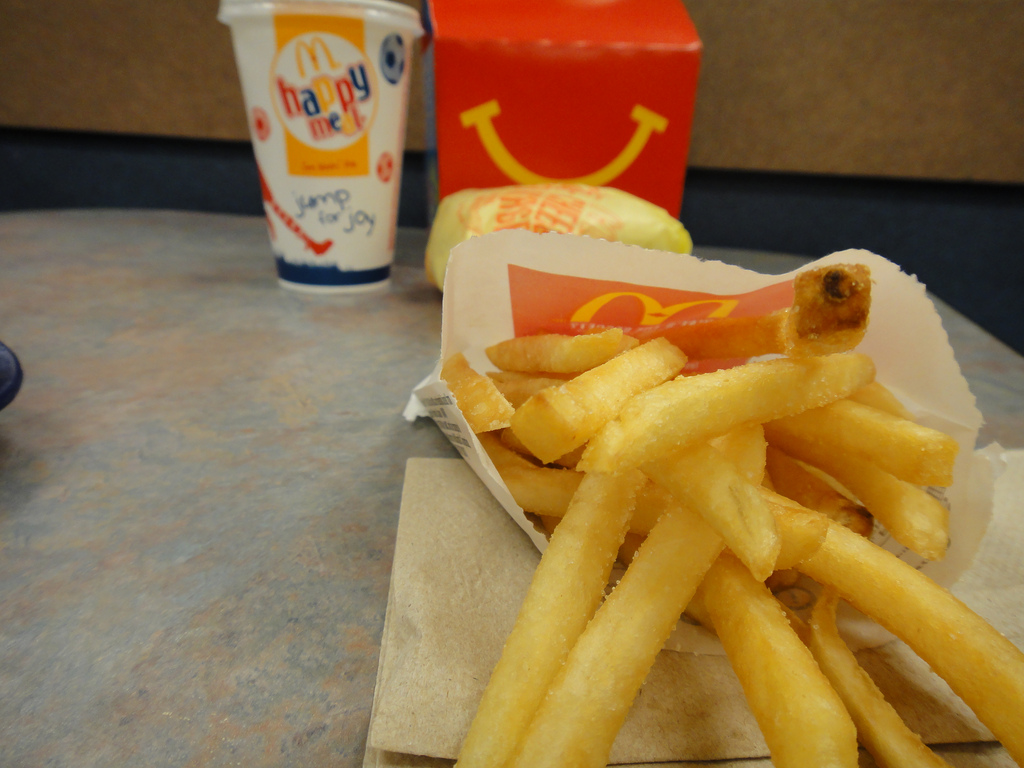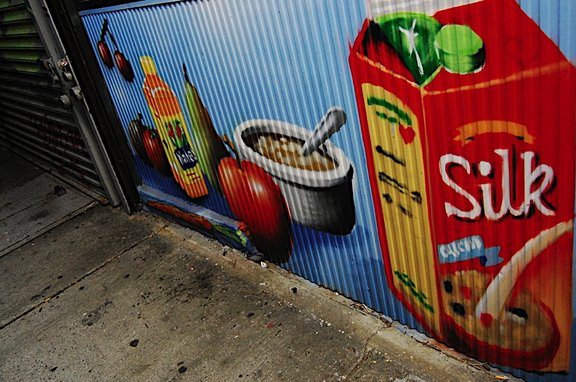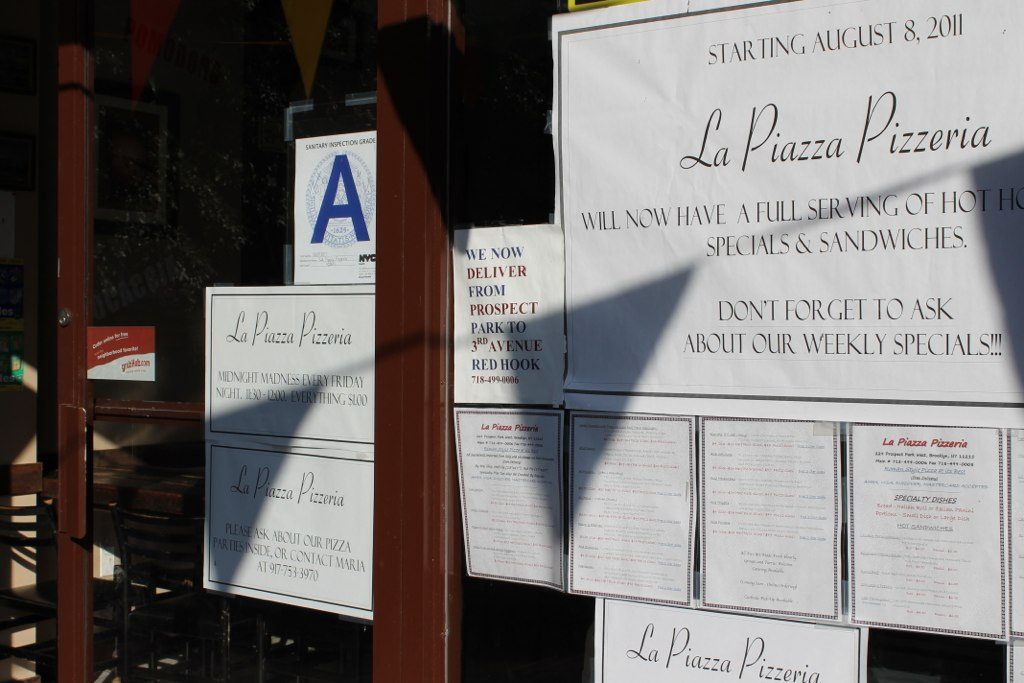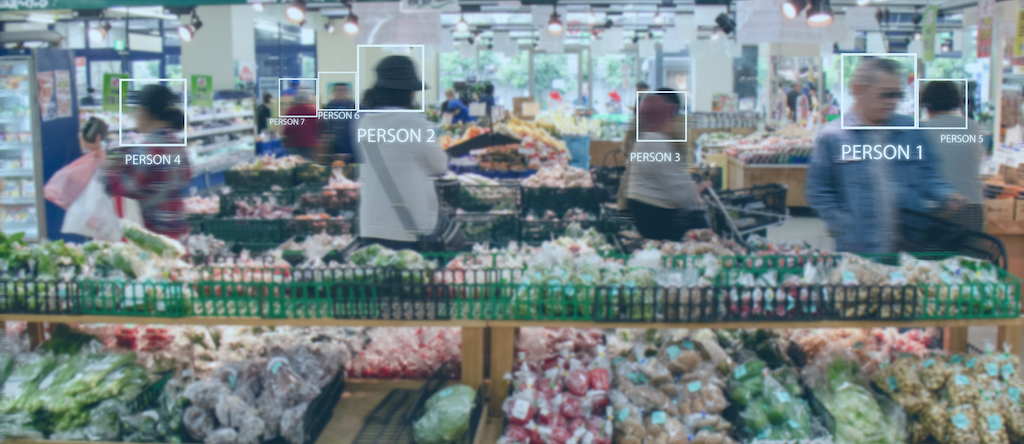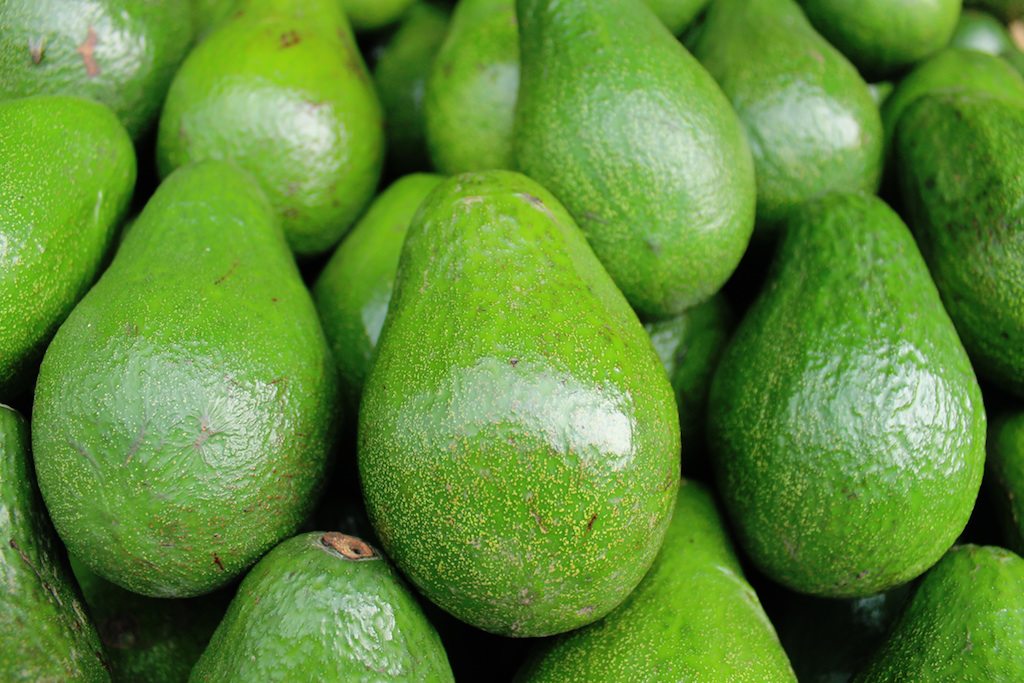Fifty-five years ago, the Beatles made their American debut, Disney released the original Mary Poppins, and 1,244 dairy cooperatives across the country represented milk farmers’ interests in negotiations with processors and retailers. Since then, the dairy industry has undergone rapid consolidation, and co-ops have followed suit. Today, just 118 remain, per the most recent Department of Agriculture (USDA) numbers.
With every merger, more and more farms of different sizes, business models, and geographic locations have found themselves grouped under the same organizational roof. This phenomenon, as a result, has created power imbalances within the very associations founded to mitigate them, according to a new Government Accountability Office (GAO) report on the issue.
The GAO report was issued in response to a request by Democratic Senator Kirsten Gillibrand of New York, and is based on a review of USDA publications, peer-reviewed research, and interviews with various stakeholders. (For her part, Gillibrand has a history of advocating on behalf of dairy farmers, likely because New York is the third highest dairy-producing state.)
The report affirms the growing complaint among farmers that modern dairy cooperatives are no longer working solely on behalf of farmers’ interests. Some allege that co-ops, many of which have entered the business of developing retail products like yogurt and cheese from fluid milk, now have competing interests that incentivize them to keep milk prices low in order to maximize their own profit. Then there’s the problem of power imbalance, as evidenced by the voting structures among diverse co-op memberships. Typically, co-ops have abided by a “one member, one vote” rule, but that’s changing. According to the report, more states are greenlighting voting structures that allocate votes based on production, which can squeeze smaller dairy producers.
Historically, the co-op movement was a response to a lopsided industry made up of a handful of buyers—food processors, cheese producers, private label brands, and so on—and thousands of dairy farmers from California to Wisconsin. Co-ops gave sellers the power to collectively bargain with buyers, and legislators even carved out a special exemption, via the Capper-Volstead Act of 1922, to spare co-ops from having to deal with antitrust laws.
Today, co-ops no longer work solely on behalf of buyers. Dairy Farmers of America, the country’s biggest dairy co-op representing 13,000 farmers, has expanded its dealings along the milk supply chain, from processing to delivery, leading to what many farmers believe are conflicts of interest that actually drive down milk prices. (Read Leah Douglas’s comprehensive history of the charges here.) Now, it appears that the government’s watchdog agency has drawn some of the same conclusions.
“As a cooperative grows and encompasses potentially competing interests, some farmers may feel that they have lost control over the cooperative’s priorities and strategic direction,” the report reads. It also points out that consolidated co-ops may struggle to strike a balance among the varying needs of a widely diverse membership.
“Equal voting rights are a disadvantage for members with large farms when compared with a voting structure that ties voting to member productivity; conversely, a voting structure that ties voting rights to member productivity is a disadvantage for members with small farms.”
The latter can also take the form of a co-op distributing votes in proportion to a member’s investment or stake in the organization, to the benefit of bigger businesses.
Perhaps the most striking example of how co-ops have adapted to consolidation is an emerging set of business models that allow them to solicit investments from nonmembers. For example, in 1987, dairy co-op Land O’Lakes established a subsidiary company that could raise capital from outside investors. While being partially beholden to such nonmembers may shrink revenue for member farmers, the GAO report also acknowledges that the model also comes with unique benefits.
“[Over] time, the additional equity raised through issuing preferred stock to nonmembers may result in investments that produce higher overall earnings for the cooperative, which may result in higher earnings for farmers.”
It’s a golden handcuffs arrangement that makes a fitting metaphor for changes to the dairy industry at large: Co-ops need to grow to stay one step ahead of competitors, who are themselves growing. So if you can’t go big, you may as well go home.
